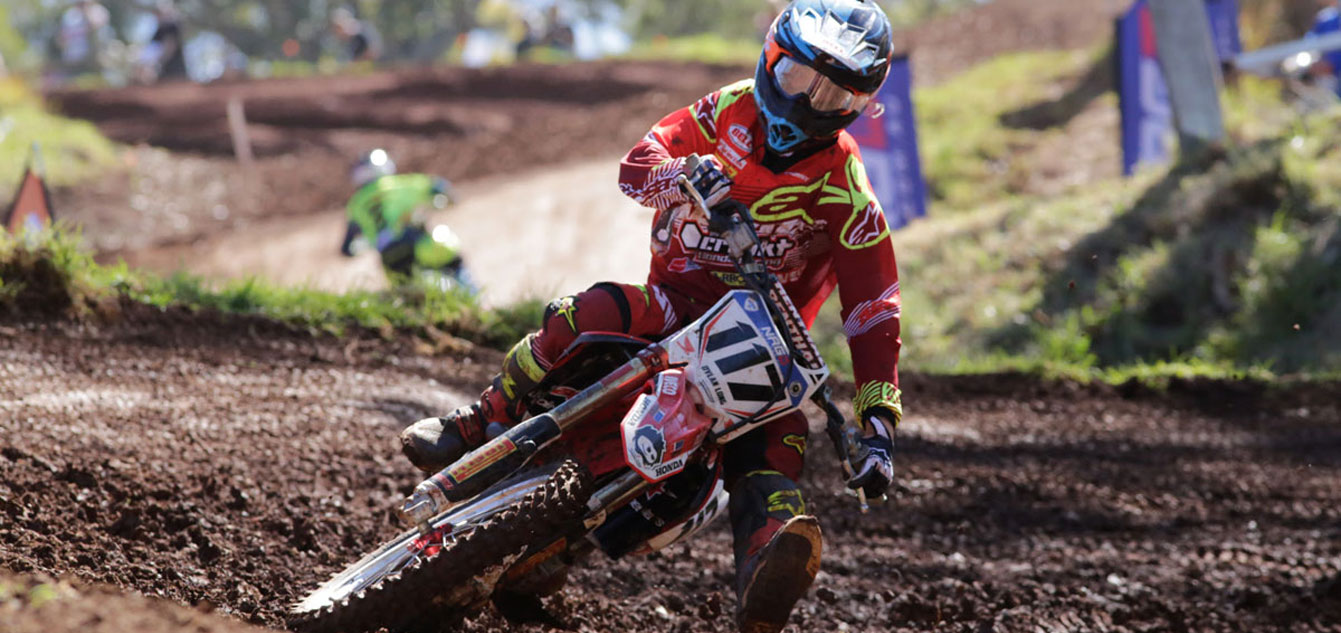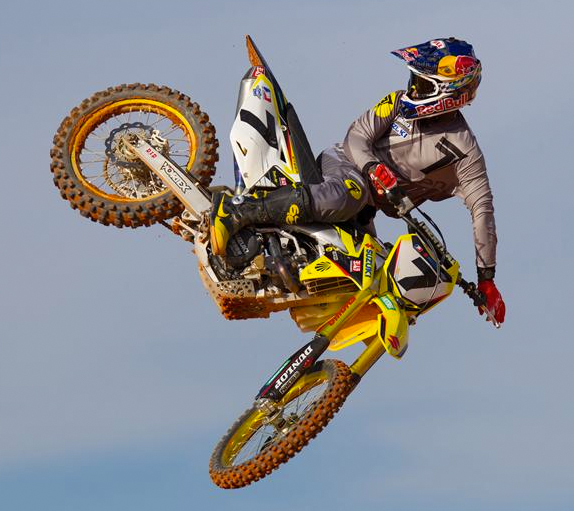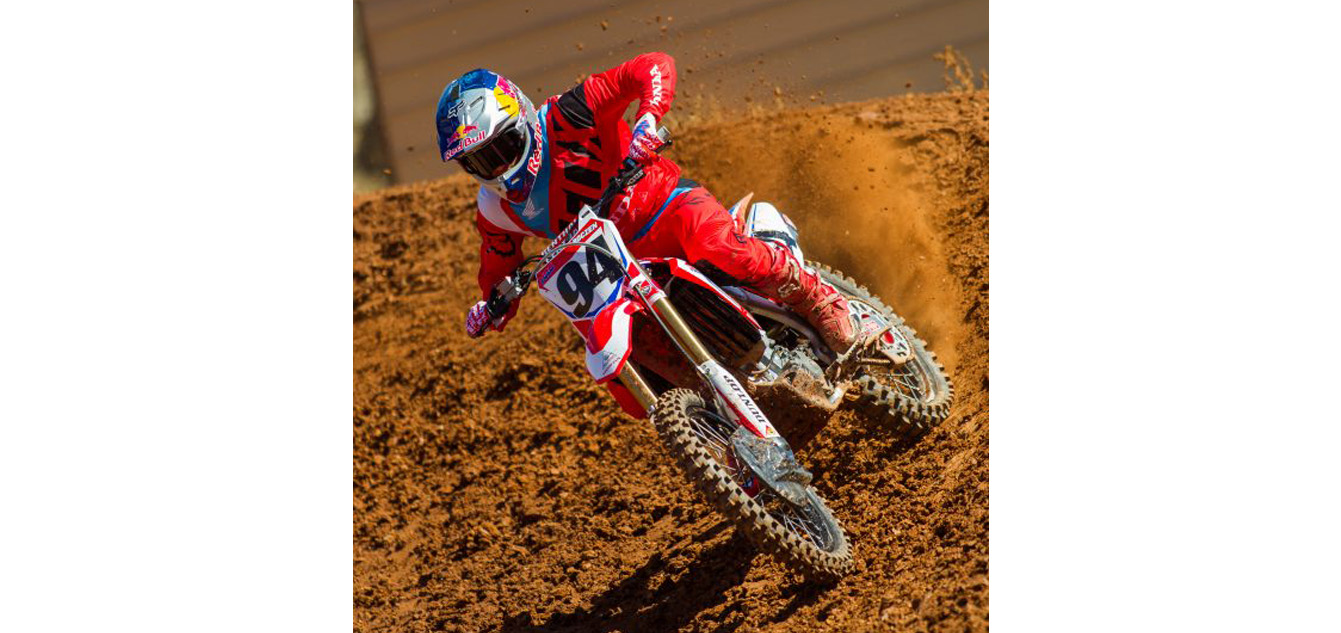

From 2020 Honda once again have two models on offer; the standard Africa Twin and the Adventure Sports, which can be found in a DCT or a manual gearbox version as well as an ES model with electronic adjustable suspension.
Both versions share the same engine of course, which is Honda’s very first EU5 compliant powerplant, built from 70 per cent new parts and benefiting from an increase in power (seven per cent) and torque (six per cent) and weight loss of 2.5kg (manual) and 2.2kg (DCT), to offer an overall 10 per cent power-to-weight improvement.
To compliment the development of the engine, Honda found weight savings on the chassis of 1.8kg and through a fairly comprehensive redesign managed to provide a thinner overall profile that is topped-off by a 40mm narrower seat and the handlebars sit slightly higher.
It’s easier to touch the ground now on the Honda and both bikes have identical riding positions.
So thinner, lighter but more powerful is the vibe here. And that’s a good vibe for a big bike. Although there a heap of bikes I would suggest need no more power, the Honda has room to add a tad more muscle given it’s clocking in at far less than the 150/160Hp of the KTM and Ducati for example. Now that said, I liked the output of the previous model because it was all mostly usable power whereas I want nothing to do with 160Hp in the bush.
So how does this all come together when the rubber hits the red dirt? To find out we headed to the Northern Territory and hooked up with Daryl Beattie Adventures, who took us on a route lead by the great Peter ‘Budda’ Luczkowski that only a manufacturer confident in their product would approve and one that would see us get to know the bikes very well over a week and more than 2000 kilometres.

WHERE IT ALL STARTS
I started my ride on the Standard model and was immediately struck by how easy it was to drop both feet to the ground thanks to the appreciably slimmer seat. Also the engine note; it was deep and throaty and stayed that way through revs – I like it.
The control panel on the left side of the bars looks like it should be able to order a tactical nuclear strike from somewhere in that immense array of buttons. I looked at the screen and saw I was in Tour mode. I pushed buttons randomly until that changed to Urban – aha! I went back to that button and flicked some more; now confident I wasn’t sending instructions to a drone above Afghanistan. From Tour it changed to Urban and then to Gravel which suited what I was doing. One more press and I was in Offroad and then there are two User programmable modes. OK so changing modes on-the-fly is super simple. And the screen is brilliant. Very easy to read with a primarily white back and blue colour scheme and while your faffing about in menus and sub-menus, a smaller independent screen underneath keeps your speed (as well as other pertinent details) constantly displayed.
I am brought back to the topic of the engine though because it is the first thing that truly caught my attention. It’s clearly more powerful (about six horsepower up) and more responsive than the previous model. The push comes on immediately, no polite delay to spin-up as the previous had a want to do. It pulls right-through the range too, whereas the old engine tapped-out somewhat early. I like the old model but the new engine is a better and more fun in every way.
The Standard model feels smaller than I thought it would. The photos don’t do it justice. Yes the sharper lines and more aggressive lines are clear but, while we didn’t have an older model to back-to-back, I was struck by how compact it felt and then how that translated to nimbleness on the dirt which shouldn’t be a surprise given they’ve shaved five kilos off the 2019.
The Honda is quite plush. The forks are improved on 2019 and not as lazy, but the shock is too soft and susceptible to kicking violently on square edges. I wound the pre-load on by three turns and the ride was much improved to the point where I really didn’t feel the kick again, but those that are loathed to touch nobs and clickers will complain as there lower spine cops a battering. Pre-load is your friend – twist that knob.
The small windscreen on the Standard is surprisingly effective. I’ll be honest, I scoffed at it on first sight, but even at higher freeway speeds (130 in the NT), it did a decent job at redirecting any buffeting. For full weather protection it’s not as great as what’s on the Adventure Sports, but impressive nonetheless.
The fuel tank is 18.8 litres (we’ll check in on Daryl Beattie later to see what sort of range he gets as there is no better gauge, but expect about 5.4 litres per 100 kilometres), and interestingly the Standard runs tubed tyres while the Adventure Sports runs tubeless. I prefer tubeless but I know this is an argument that’s broken up families so I’ll leave it be. It does come with handguards but a heavier bashplate would be nice for the coin being asked and it absolutory needs a hand-hold of some sort at the rear. As it is in stock trim, you have to manhandle the bike by grabbing the plastics which isn’t easy and is asking for breakages.
The Standard will not be available in Australia with DCT – manual only.


GIDDY-UP ON THE BIG UNIT
The Adventure Sports is kind of my jam. I like the bigger bikes and love the comfort of larger fuel capacity, which in this case is a total of 24.8 litres for a claimed range of over 500 kilometres which I’d be sceptical of ever seeing in Australian offroad conditions. But to be fair I didn’t keep measurements during the launch as fuelling by hand off the side of a truck or at a bush servo in groups of 10 aren’t great ways to keep accurate numbers. Also we fuelled-up in a couple of places birds fly upside-down over because there’s nothing worth shitting on. It’s rare, but these places exist and the servo is the only drawcard.
The Adventure Sports comes in three variants. There’s a standard model, a DCT model and then the whole enchilada, the Adventure Sports ES which has DCT and features Showa EERA (Electronically Equipped Ride Adjustment) – that is electronic adjustable suspension.
I jumped on the Adventure Sports ES at first chance. In its tri-colour glory, something about it struck a chord one morning as the sun rose across the desert and I had flashes of the great Honda riders of the past, like Rick Johnson, Jeff Stanton, Jeff Leisk and Jean Michel Bayle. Although to be honest it may have simply been my desire to jump on the closest bike and escape the flys that had awoke to cover us in a thick pelt of putrid and pointless insect life. A fly plague is the second plague I’ve experienced in the Northern Territory, the first being a mouse plague which was a hell of a thing. Why can’t we ever be forced to suffer through a doughnut plague? That’s the kind of plague I can get behind.
With engine at idle on the ES, I engaged the ‘D’ button and throttled forward. This is how you work a DCT model. There is no gear leaver and there is no clutch lever. There is a button on the right side on the bars that has D for Drive and S for Sports on it. Press once for Drive and again for Sports. It’s that simple.
Drive is the more sedate and economical mode. Sports offers three levels of increased aggression and will rip through the gears more liberally, thus it is the better mode for offroad and in particular any surface that is a loose, like sand. You can override any gear change via the up and down toggles on the left side of the bars but I found riding in the mid-level Sports mode, I only overruled the gear choice on very specific and very rare occasions. The DCT makes extremely good decisions and constantly amazed me at how high a gear it would have me riding though sand. Where I might choose third, the DCT chose fifth and it was dead right to let the engine’s torque do the work. It actually changed the way I rode the manual after I got off the DCT.
I did find that I was best to ride with my weight back most of the time though. If I was forward or even in a neutral position when the terrain got soft, the front would hunt. But as soon as I got my weight back, which I technically should have done anyway, it almost came too easy. This issue didn’t arise on hard pack though – just the soft stuff.
It really is an impressive ride and complimented by an engine that seems to always have something on-tap. Whether it’s pulling out of a slow corner or dry river bed, or passing by someone at speed, the Africa Twin now has enough across the range for any situation and it’s still just as easy to maintain traction as it was before. It’s a sweet study in power being plentiful and manageable.
My only fiddly gripes are – as I seem to come back to on a Honda time and again – the footpegs. They’re too small for an offroad oriented motorcycle. So many guys do so much good work on this bike but the footpeg guy is still letting the team down. Come on footpeg guy, lift your game. The standard grips are too hard for all-day and multiple day comfort. They’re not diabolical like on the Ténéré 700 but I’d prefer a little more comfort on a pretty important contact point. And on the Adventure Sports the screen isn’t electronically adjustable – which I couldn’t care less about – but I’d like it to be able to drop further to avoid any helmet contact in the event of a sudden stop.


DOTS AND DASH
Let’s talk about the electric goodness that the Africa Twin offers which it offers in spades. It’s one of the biggest moves from the original design which carried, at best, a token electronics suite and to now integrate Apple CarPlay is such a departure from what anyone else has been thinking.
The 6.5 inch TFT display itself can be configured one of three ways to show as much or as little info as you’d like at one time and it’s touch sensitive as well as controllable via the busy left bar panel.
On the face of it, the Africa Twin carries four set ride modes in Tour, Urban, Gravel and Offroad and two programmable user modes. These modes each differ in the power delivery and engine braking characteristics, as well as toggling ABS on and off at the rear, activating the G-switch (regulates clutch slippage), and then allowing adjustment of the Honda Selectable Torque Control (HSTC) and Wheelie Control. Everything can be done on-the-fly which is brilliant.
All the models carry the same electronics but the Adventure Sports ES also features the electronic suspension and another layer of fun to fiddle with should you desire, including adjusting damping as a whole or front and rear separately and then saving those settings and more as a User mode.
Each model has cruise control, auto cancel indicators, heated grips and cornering lights and while the complaints about the hike in price abound, it’s clear this isn’t a re-skin of the old bike, this is a proper move forward and there’s good stuff on offer for the extra coin.
Through Apple CarPlay you can plug your phone in via a weather resistant USB port found on the right side of the display and control navigation, phone calls and messages, play music and give Siri commands. The system also accepts Bluetooth connection so you can hook-up to your helmets comms set. Apple CarPlay only works with an iPhone, not an Android, but Bluetooth connection is still possible.



Peter ‘Budda’ Luczkowski working on a late arvo oil change. Not bad having the guy that built Jeff Leisk and Mick Doohan’s bikes around to spin spanners as well as lead the ride
UP WITH THE BEST
There’s a lot to absorb on the new Africa Twins. They are completely new bikes and a decent departure from the previous model in engine, suspension, chassis and tech…so pretty much everything that really matters. But the elephant in the room is that they are also a great deal more expensive. I have two points to make on this; they are, when compared to the competition at similar prices, well worth the money. Feature for feature, and on a straight capability comparison the Africa Twin is in good stead against other 1000cc-plus bikes. And I believe the price shift was deliberate so as to make room for a mid-sized model to come and fill that previous lower price point. I think we will see something like an 850cc Africa Twin at around $17,000 eventually and I’ve been saying that since the price for this bike and that of the Ténéré was announced. Japan won’t produce the number of models that KTM/Husky will but they can certainly compete hard on pricing when necessary.
There is a lot to admire about the new Africa Twin range. Honda changed the game in 2016 but since then a few manufacturers have taken that cue and built extremely good, offroad specific adventure bikes. Honda haven’t leap-frogged anyone here so much as matched and kept pace with the best. And it’s done that by offering current and relevant tech (the Bosch six-axis IMU goes a long way in making this a smart bike with the capability for further upgrades), excellent offroad manners and a comfort level befitting a bike that you could be on for days at a time (minus those hand grips).
I can see the Africa Twin doing good business in Australia and I for one would be a happy owner if the opportunity arrived.
2020 AFRICA TWIN PRICING
Standard $19,999
Grand Prix Red/Matte Ballistic Black
Adventure Sports $23,499
Adventure Sports DCT $24,499
Adventure Sports ES $26,499
Pearl Glare White Tricolour ADV Sport M/DCT





